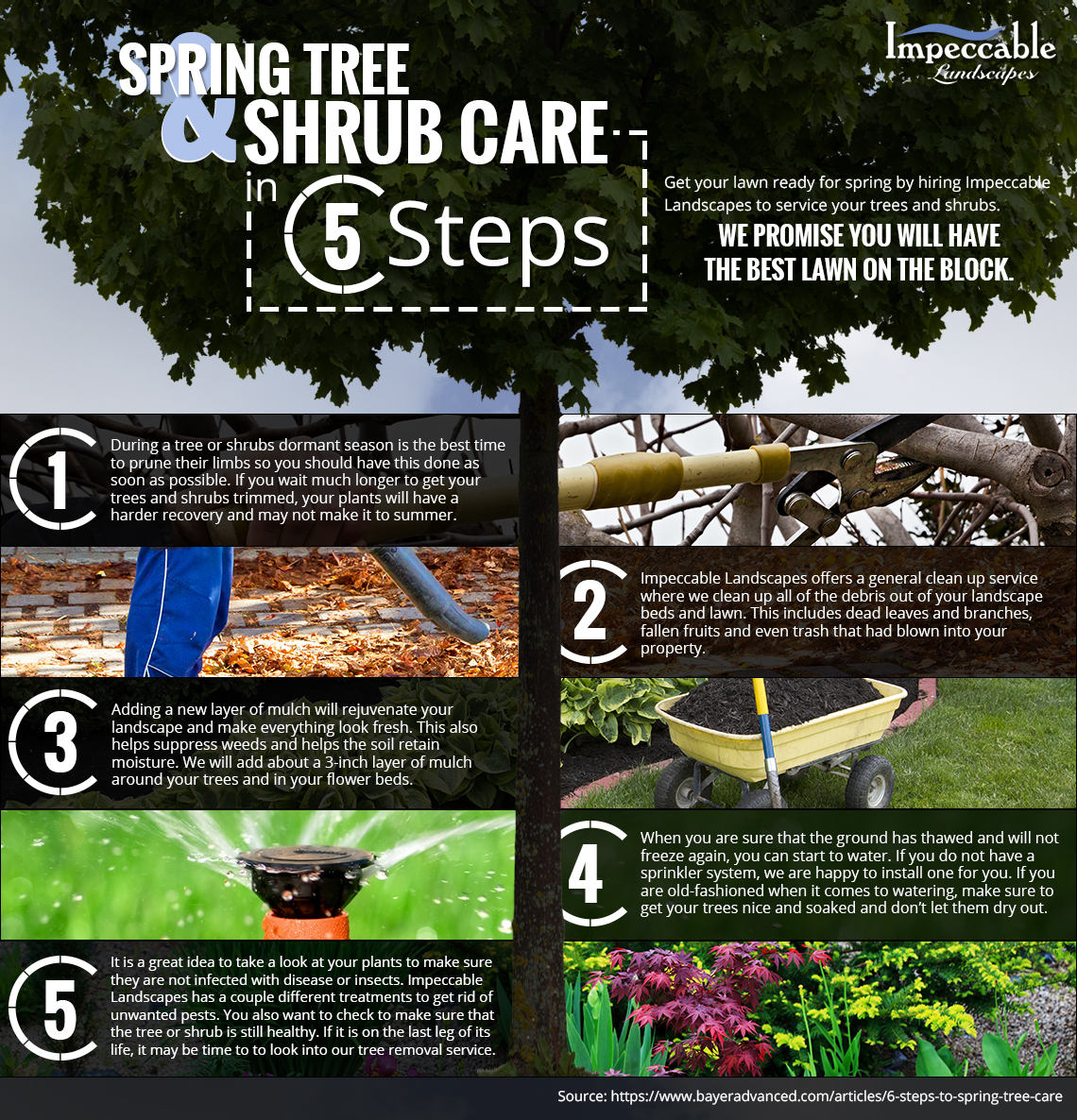Indicators It's Time For Tree Removal: Just How To Recognize Unsafe Trees
Indicators It's Time For Tree Removal: Just How To Recognize Unsafe Trees
Blog Article
Authored By-Harrell Cormier
When it comes to tree treatment, acknowledging the indicators that it's time for elimination is essential for your safety and security and residential property. You could see blemished fallen leaves, wilting branches, or strange fungal developments showing illness. Architectural concerns, like a substantial lean or splits in the trunk, can also pose risks. Understanding these indication can help you make notified choices about your trees and stop possible dangers prowling in your yard. What should you look for following?
Signs of Decay and Disease
When you notice signs of decay and disease in your trees, it's important to act promptly. Try to find stained leaves, wilting branches, or unusual growths like fungus. These can suggest that your tree is having a hard time.
If you see cracks in the bark or soft, mushy wood, these signs and symptoms recommend interior decay. Furthermore, a sudden increase in insects around your tree can indicate that it's deteriorated and vulnerable.
Check for any kind of dead or dying arm or legs, as they present a threat to your residential property and safety and security. If you doubt regarding what you see, speaking with an arborist can supply quality.
Dealing with these signs early can conserve you from a lot more substantial damage and make sure the health and wellness of your lawn. Do not wait until it's too late.
Structural Instability and Leaning
As you observe your trees, keep an eye out for any type of signs of structural instability or leaning. If a tree leans dramatically, it might suggest that the root system is compromised.
Try to find any kind of splits in the trunk or dirt around the base; these can signal potential failure. Furthermore, check for uncommon growth patterns, like a lopsided crown, which might recommend that the tree is having a hard time to hold itself upright.
If you discover that the tree leans toward your home, high-voltage line, or other structures, it positions a higher threat. mouse click the next web site overlook these indications-- get in touch with an arborist to analyze the situation.
Acting early can protect against expensive damage and guarantee your safety.
Dead or Perishing Branches and Vegetation
If you discover dead or passing away branches and foliage on your tree, it's a clear sign that something's wrong.
simply click the following site can indicate underlying problems like disease, insect problems, or environmental stress and anxiety. When branches lose their leaves or turn brownish, they're no more contributing to the tree's health and wellness. Ignoring these signs could bring about further decline, making your tree much more unsafe.
Dead branches can easily break off throughout tornados, presenting a threat to property and people nearby. It's critical to analyze the degree of the damage.
If the trouble influences a substantial part of the tree, think about speaking with a professional. They can help establish if elimination is required to make sure safety and security and preserve the elegance of your landscape.
Verdict
If you notice any kind of indications of degeneration, structural instability, or dead branches on your trees, don't disregard them. These signs can posture severe safety risks to you and your property. It's always best to get in touch with a specialist arborist who can provide a professional evaluation of your trees. Doing something about it early can stop accidents and expensive damage, guaranteeing your landscape remains safe and healthy and balanced. Keep in mind, it's better to be proactive regarding tree treatment than to await a disaster to happen.
